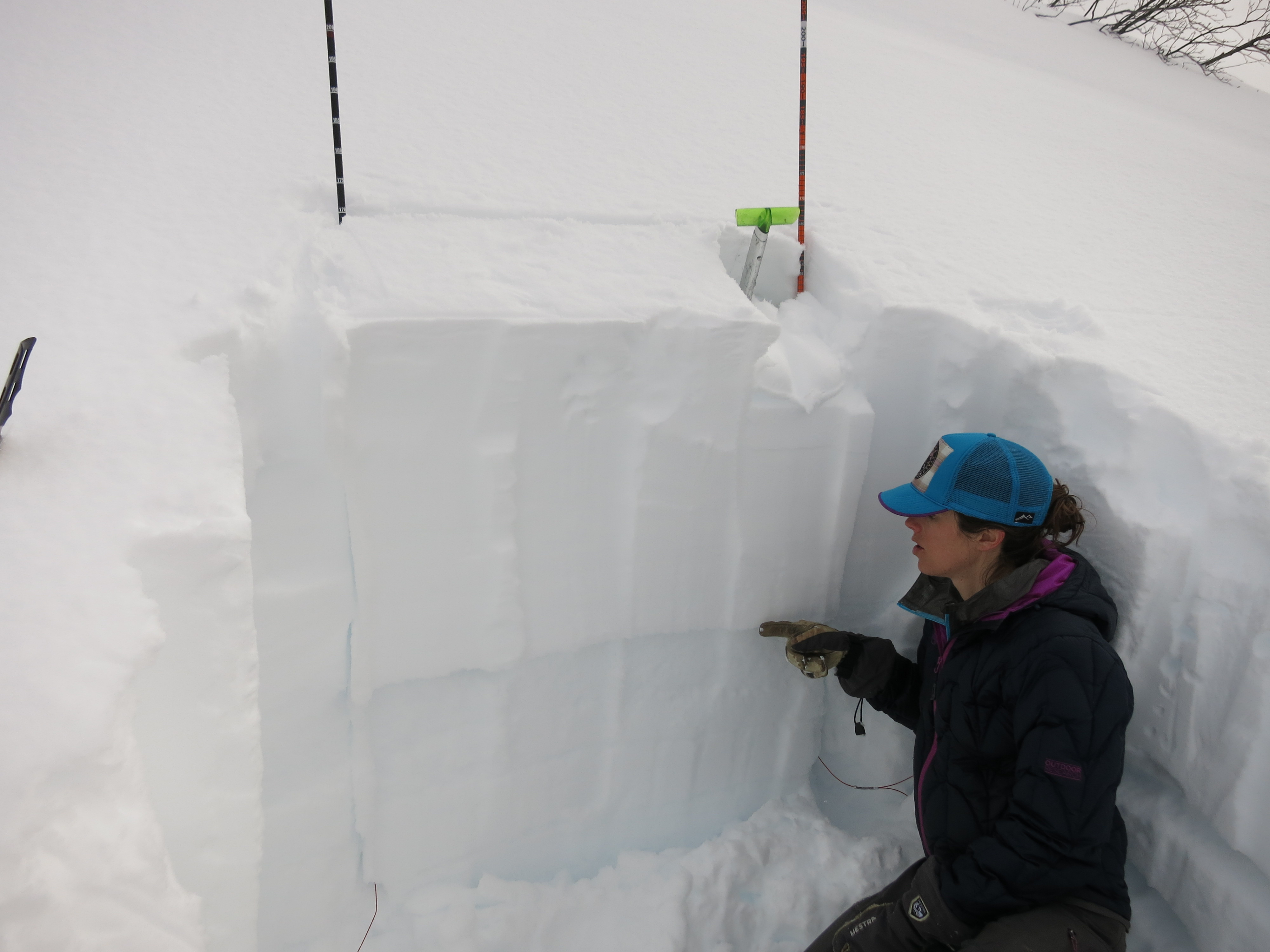Weak layers deeper in the snowpack appear to have been the culprit in multiple natural and human-triggered avalanches since Monday. Yesterday a skier-triggered avalanche caught and carried 3 skiers in small terrain on Silvertip (southern Turnagain Pass) on a NE aspect around 1500’. On Tuesday we saw a natural avalanche cycle fire off in the Placer/ Skookum zone with several small and one very large avalanche (perhaps 1-mile wide), triggered by warming temperatures and high clouds producing a greenhouse effect in the afternoon hours. And Monday saw two remote-triggered avalanches on the periphery of Turnagain Pass (Grandview and Summit Lake) in addition to two skier-triggered avalanches on Sunburst. With the 2-5’ of fresh snow over the weekend, persistent weak layers have inched ever closer to the tipping point. Skiers, snowmachiners and changing (warming) weather have all proved sufficient triggers this week.
Things to keep in mind if heading into the backcountry today:
- Any avalanche initiated will likely be 2’+ deep and has potential to propagate in big terrain.
- Solar radiation and warm air temperatures can quickly make the snowpack unstable this time of year. Natural avalanches will be possible.
- Avalanches are being triggered from the flats or remotely from an adjacent slope – avoid runout zones
- Ease into steeper terrain slowly. Evaluate consequences; if the slope releases will debris pile into a terrain trap?
- You may not see any red flags or signs of instability with a persistent slab problem before an avalanche.
Multiple natural avalanches initiated by warming on Tuesday afternoon in the Skookum/ Lubner Lake area, Placer Valley.

Skier-triggered avalanche on lower Silvertip yesterday. More info on Observations page.

CNFAIC intern Jessie Haffener having no trouble finding the common weak layer in many of this week’s avalanches. In this case it’s about 25-30″ deep on Pete’s North at ~2,100′.




